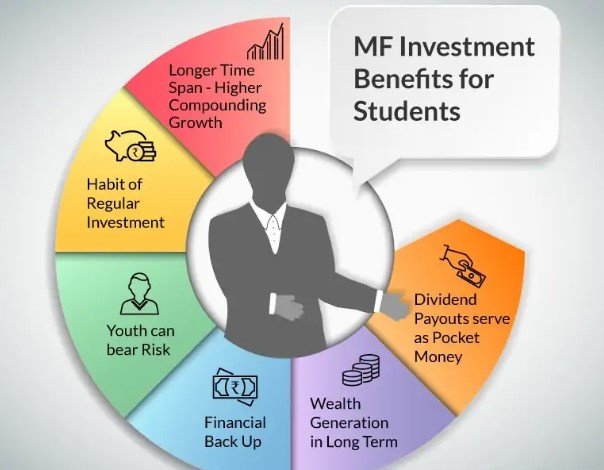Live streaming has become an incredibly popular way to broadcast events and share experiences with audiences across the globe. Whether it’s a concert, sporting event, conference, or even a funeral, live-streaming allows people to virtually attend events they otherwise wouldn’t be able to. Here is everything you need to know about live streaming:
What is Live Streaming?
Live streaming refers to broadcasting an event over the internet in real time. A camera or smartphones are used to capture footage that is then transmitted to a platform that can distribute the stream to viewers. Popular platforms like YouTube, Facebook, Twitch and EventLive allow users to live stream video.
Why Has Live Streaming Grown in Popularity?
Several factors have contributed to the rise in popularity of live streaming in recent years:
- Increased internet speeds and bandwidth allow for high quality video transmission even for large audiences. This makes the live stream experience smooth and glitch-free.
- Smartphones with high quality cameras and easy to use live stream apps have made it accessible for anyone to broadcast an event.
- Platforms like YouTube and Facebook have invested heavily in streaming technology and made it easy for individual creators to reach wide audiences.
- Viewers enjoy the immediacy, interactivity and excitement of being part of a live event via streaming. Chat functions let them interact with broadcasters and other audience members in real time.
Types of Events That Are Live Streamed
Just about any event can be live streamed these days. Here are some of the most popular types of events to broadcast live:
- Music Performances – Concerts, festivals, and shows are widely streamed to allow fans to experience the music in real time.
- Sports – Sports teams and leagues frequently stream games, matches, and tournaments to expand their viewer base.
- Conferences and Events – Businesses, organizations, and influencers live stream speeches, presentations, and entire conferences or events to raise awareness.
- Gaming – Gameplay and e-sports tournaments are live streamed on platforms like Twitch to allow gaming fans to watch in real time.
- News and Politics – News networks and even politicians use streaming to cover developing stories as they happen or to engage with constituents.
- Funerals – An emerging trend is live streaming of funeral and memorial services to allow distant friends and relatives to virtually attend and grieve together. Companies like EventLive provide high quality streaming of funeral events.
Benefits of Live Streamings
There are many benefits that live streaming offers for both viewers and broadcasters:
- Accessibility – Geographic barriers are eliminated, allowing people across the globe to view an event live. This helps events reach wider, more diverse audiences.
- Convenience – Viewers can watch from anywhere at anytime on their device of choice. No need to travel or adhere to a strict broadcast schedule.
- Interactivity – Chat functions allow viewers to interact with broadcasters and each other in real time, creating a participatory viewing experience.
- Revenue – Broadcasters can monetize live streams through ads, subscriptions, and donations. Live streaming is a major source of income for many creators.
- Flexibility – Streamers can broadcast completely impromptu or meticulously planned productions using just their smartphone or custom equipment.
- Archival – Most live streams are recorded and archived. This creates a lasting record of events that can be viewed long after the live broadcast ends.
Key Considerations for Live Streaming
If you want to get started streaming live yourself, keep these key tips in mind:
- Internet connection – Use an ethernet cable or mobile data instead of wifi whenever possible for maximum speed and stability.
- Equipment – Invest in a good camera and audio equipment to ensure a high quality stream. Lighting is also important.
- Encoder – Software that encodes or compresses your stream so it can be efficiently transmitted. Popular options include OBS and Streamlabs.
- Platform – Choose a platform like YouTube or Twitch that aligns with your target audience and provides the features you need.
- Interactivity – Take advantage of chat, polls, alerts and other tools to actively engage your live audience.
- Promotion – Market your stream on social media, email newsletters, and elsewhere to drive viewership.
- Monetization – If you want to earn revenue from streaming, enable monetization options like subscriptions on your platform.
Live streaming opens up a world of possibilities when it comes to sharing events and connecting with audiences online. Following these tips will help you maximize the quality and impact of your own live broadcasts.







